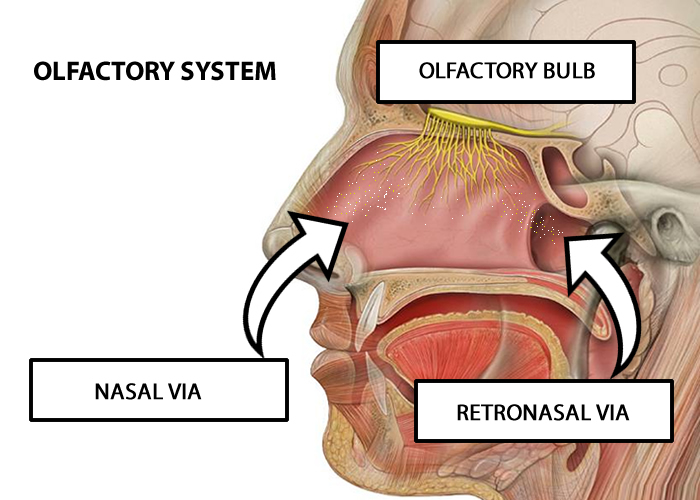75% of what we consider taste is actually smell
The intricate link between smell and taste: unraveling the secrets of our senses

In our day-to-day lives, the appreciation we hold for the intricate dance of flavors that tantalize our taste buds can often be taken for granted. However, upon deeper exploration, it becomes evident that much of what we attribute to taste is, in fact, intricately linked to our sense of smell. This article delves into the fascinating connection between our olfactory and gustatory senses and underscores the significant role that the sense of smell plays in our daily culinary experiences.
The Unseen Power of Olfaction
Experts assert that approximately 75% of what we perceive as taste is actually attributed to our sense of smell. When we savor the various foods and beverages in our daily life, it's our olfactory system that largely dictates our perception of flavor. Such is the depth of this connection that professional tasters, be it of wines or other products, are acutely aware of the indispensable role of olfaction in their evaluations.
Taste, as traditionally defined, is the sensation produced by a substance in the mouth, influenced predominantly by the dual experiences of our taste buds and sense of smell. To put it into perspective, while our tongue can detect primary tastes such as sweet, salty, bitter, sour, and the lesser-known umami, it also identifies tactile sensations like warmth, volume, and astringency (as with the tannin in wines). Beyond these, however, our tongue's capability is limited.
Consequently, the vast array of "flavors" we enjoy, such as the essence of strawberry, lemon, orange, cinnamon, chocolate, vanilla, and coffee, are in reality smells. These flavors originate from the complex compounds or mixtures thereof that emanate from these substances, mainly via airborne molecules, which are detected through our mouths (retronasally) or noses (nasally) via our intricate olfactory system. Hence, the next time you relish a strawberry shake, it might be more apt to describe the experience as "sweet-tasting and strawberry-scented."
The Subjectivity of Smell
Moreover, the perception of these odors is highly individualized. This stems from two primary reasons. First, each person's olfactory system is inherently different, leading to varied interpretations of the same scent. Second, several psychological factors can influence an individual's perception, further diversifying our experiences with similar odors.
In the world of food and cosmetics, a distinction must be made between the terms "fragrance" and "aroma." The industry predominantly uses these terms to describe pleasant or agreeable smells, shedding light on the positive associations we often form with certain odors.
The Perils of Losing the Sense of Smell
One's ability to detect odors can wane with age or be impaired or entirely lost due to illnesses or accidents. Strikingly, certain psychiatric disorders, such as depression and schizophrenia, are also linked to a diminished olfactory function. Numerous other conditions like anorexia, severe malnutrition, brain tumors, Alzheimer's, multiple sclerosis, and brain injuries further contribute to this impairment. Importantly, a sudden decline in olfactory capabilities should prompt a medical consultation. Additionally, habitual smoking has been identified as detrimental to one's sense of smell.
Anosmia: Navigating a World Without Smell
Termed as 'Anosmia', the complete loss of the sense of smell can be a temporary or chronic condition. A related term, 'hyposmia', denotes a decreased olfactory ability. Intriguingly, certain individuals may exhibit 'specific anosmia' to particular odors, which could be genetically predisposed. Physicians detect anosmia using various methods, such as the "scratch and sniff" technique or utilizing commonly recognized scents like coffee, lemon, soap, and cinnamon.
Founded in 2007, Vinetur® is a registered trademark of VGSC S.L. with a long history in the wine industry.
VGSC, S.L. with VAT number B70255591 is a spanish company legally registered in the Commercial Register of the city of Santiago de Compostela, with registration number: Bulletin 181, Reference 356049 in Volume 13, Page 107, Section 6, Sheet 45028, Entry 2.
Email: [email protected]
Headquarters and offices located in Vilagarcia de Arousa, Spain.